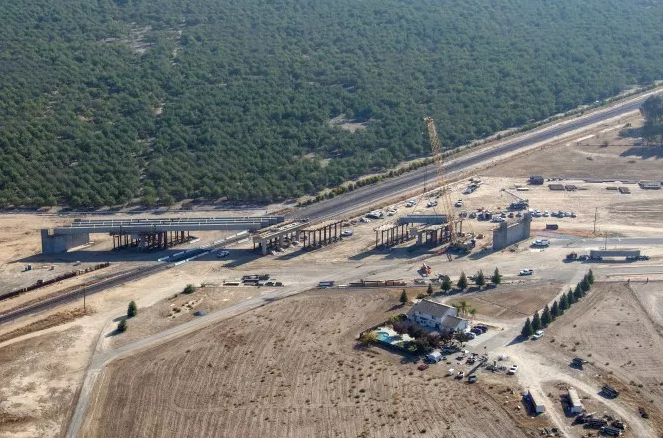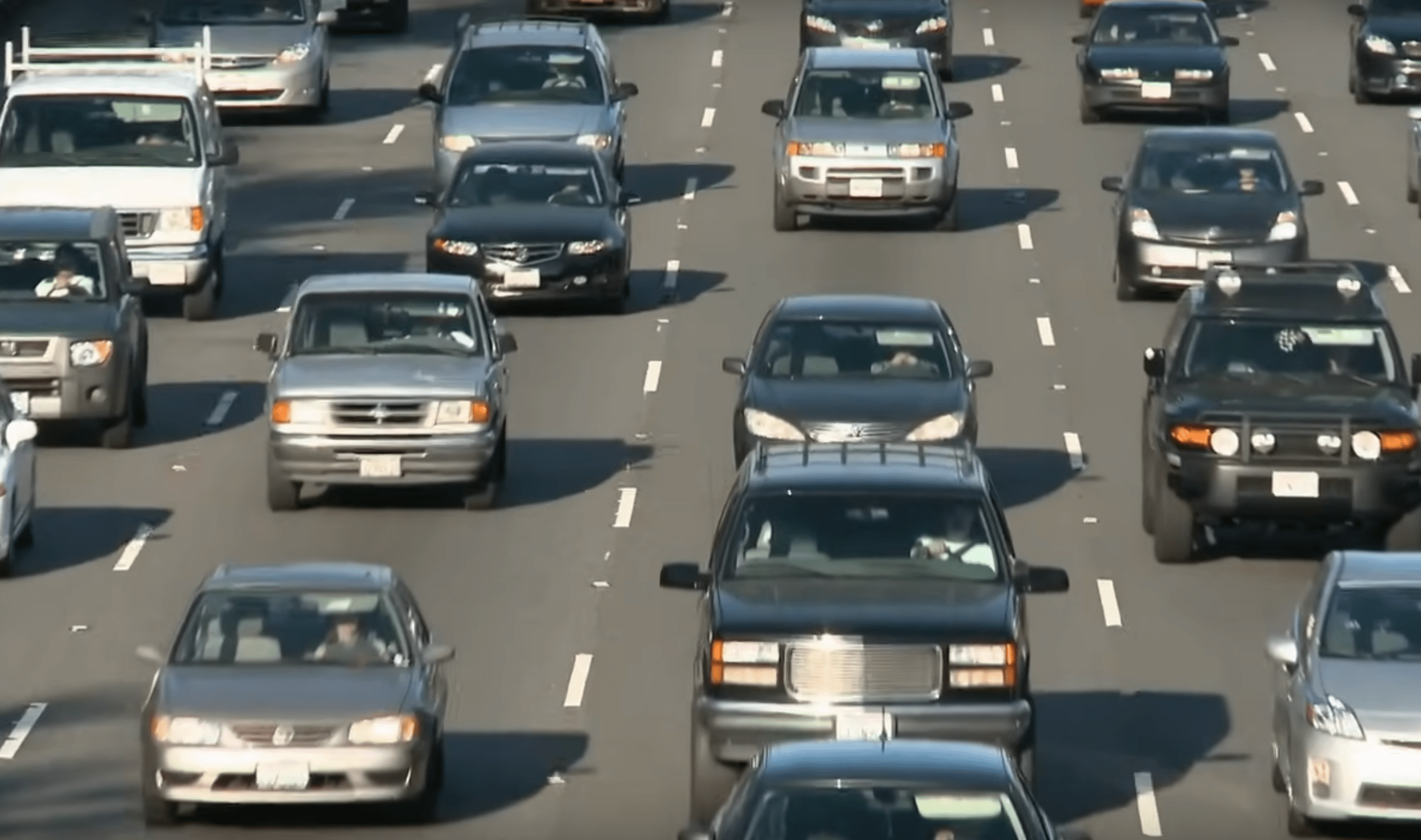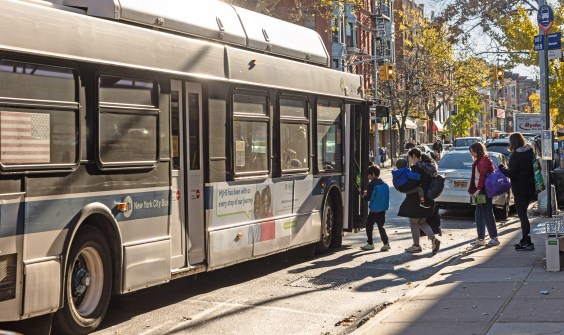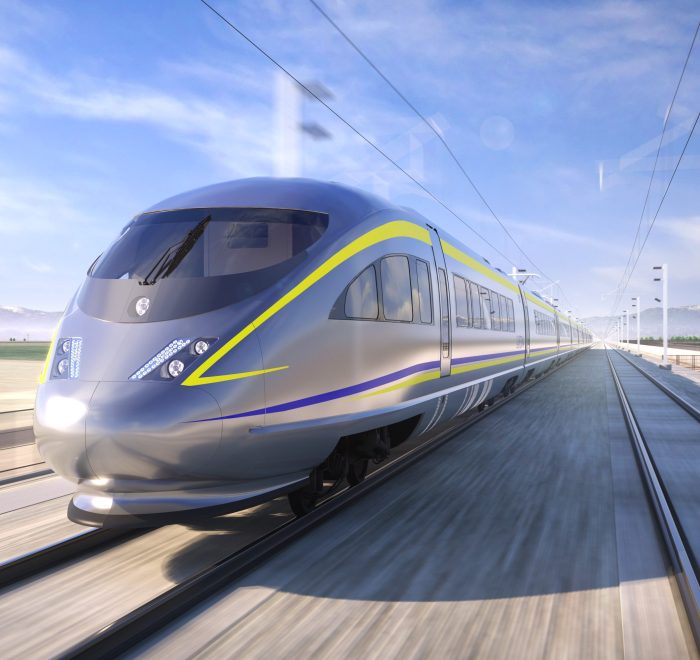Note: GJEL Accident Attorneys regularly sponsors coverage on Streetsblog San Francisco and Streetsblog California. Unless noted in the story, GJEL Accident Attorneys is not consulted for the content or editorial direction of the sponsored content.
Congressman Jim Costa (D-Fresno) today introduced a federal bill, H.R. 5805, that would reauthorize a program to invest in high-speed rail projects throughout the country. The High-Speed Rail Corridor Development Act of 2020 would authorize $32 billion in federal funds for projects in federally designated high-speed rail corridors.
“This legislation will provide the needed funding to finish California’s High-Speed Rail project," said Costa. "California is leading the nation in building clean train technology, which will get cars off the road and improve our air quality. . . We already see the benefits, with new business investments in our communities and more high-paying jobs. The 119-miles of construction has employed more than 3,000 workers and supported 500 small businesses. This is the time to bring our transportation infrastructure into the 21st century. We can, and we will, get this job done!”
There are a handful of federally designated high-speed rail corridors in the country, all in various stages of planning. The High Speed Intercity Passenger Rail Program, created in 2008, was a plan to build the beginnings of a high-speed rail network across the country. That program received over $10 billion from the American Recovery and Reinvestment Act under President Obama.
Costa's bill would authorize grants to the high-speed rail corridors, giving priority to projects that use "electrified next-generation rail'' and can bring a large share of non-federal funding.
California's high-speed rail program currently estimates it will cost around $80.3 billion to build the train from Los Angeles to San Francisco. The program can count on having between about $20 and $23 billion to complete the project, according to its 2020 business plan. That includes revenue from the original bond measure approved by voters, some federal funding, other matching funds for shared projects such as electrifying Caltrain on the northern end of the route, and about $9 to $11 billion from cap-and-trade--a potentially volatile source.
The program needs money from the federal government to complete the project, so Costa's bill is welcome. However, H.R. 5805 doesn't guarantee any particular amount for the California program, which would have to compete for the funds with other high-speed rail corridors.
While California's program should on the face of it compete well--construction is well underway, it meets the electrification requirements, and California has matching funds available--the federal administration's politicking is a giant problem. Not only has the federal government threatened to try to take back money that has already been spent, and to not release other funds it has already promised, it has completely stopped responding to state requests for communication and approval for its completion of federal requirements.
The program is being actively undermined both from within and outside the state. The president himself made fun of the program recently, flanked by Central Valley politicians who support him but oppose high-speed rail. L.A. Times uses its considerable influence to add a constant drumbeat in opposition, ignoring the program's progress and framing its current business plan as pie-in-the-sky propaganda. All of this political grandstanding creates serious funding risk, discussed in detail in the recent CAHSRA plan (See Chapter 5).
If Costa's bill passes, it would be good news for all high-speed rail projects in the country, and maybe also for California's program. But it might need to be accompanied by some other political changes as well.





